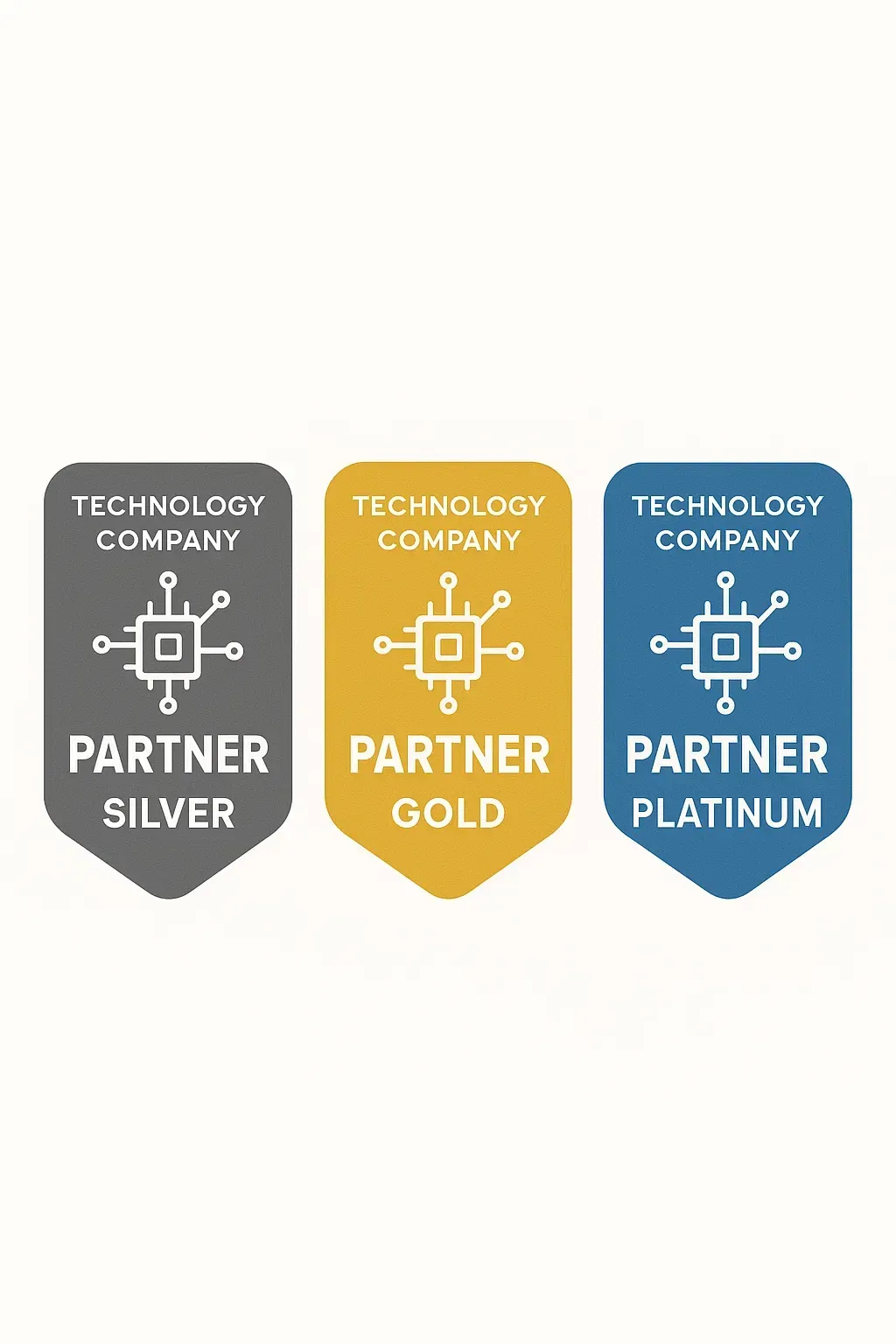Meet Brandmaven: The AI Platform for Brand Performance
For decades, brand leaders have been forced to make decisions in the dark.
Marketers could measure impressions, clicks, and conversions — but not brand. Not without surveys that are out-dated before the ink dries.
There was no single place to see how your story stacks up, where competitors are gaining ground, or how perception is shifting in real time. That ends today.
Meet Brandmaven — the first Brand Performance Platform built by brand leaders, for brand leaders.
The Missing Link in Your Marketing Stack.
Every business function has a system of record.
- Sales has Salesforce.
- Finance has NetSuite.
- Service has ServiceNow.
- Digital Marketing has HubSpot and Marketo.
Brand? Still running on PowerPoint decks and gut instinct.
That gap has been costing companies time, money, and strategic clarity. In an era where reputation moves faster than reporting cycles, brand leaders need a way to see, measure, and act — not react.
Brandmaven fills that gap. It’s the missing link in the marketing stack. The command center where brand strategy, market intelligence, and competitive insight finally come together.
Built for Brand Leaders Who Refuse to Guess
Brandmaven isn’t another analytics widget. It’s a decision engine for the people who shape perception, narrative, and differentiation.
With Brandmaven, you can:
- Track competitors' every move — See how rival brands are shifting their positioning, messaging, and campaigns before the headlines hit.
- Benchmark your brand’s market presence — Understand exactly where you stand, where you’re losing ground, and where you can win.
- Generate strategic recommendations powered by AI — We trained our AI to turn insight into next moves, surfacing opportunities for repositioning, message shifts, or category leadership plays.
- Test creative, campaigns, and messaging — Replace static research with living synthetic audiences, convene real-time focus groups with AI personas, get to know your customers like never before.
No more waiting for quarterly reports, bi-annual surveys, or agency retrospectives. Brandmaven gives you actionable brand intelligence right now, when it matters most.
Less Guessing. More Strategy.
Every CMO has been there: a leadership meeting where everyone asks,
“How’s our brand performing?”
Cue the awkward silence, the slides, the vague sentiment graphs. Brandmaven is built to eliminate that moment. We've got big plans and an ambitious roadmap. Our endgame is to finally make it easy for brand leaders to develop a financial understanding of how their brand is contributing to business success.
Today, Brandmaven gives you:
- The proof points and insights you need to lead with confidence.
- Not just metrics, but meaning. Not just data, but direction.
- An understanding of what customers and AI think of your brand.
- Deep competitive insight (where they're strong, where they're weak, where to counterpunch.)
- Time back. No more chasing down reports and debating what’s happening in the market — because Brandmaven shows you, clearly and instantly.
Brandmaven is for the leaders who are done guessing. For the ones who want to turn brand into a measurable, competitive advantage. For the ones who believe brand deserves its own system of record.
Can You Trust the Data? Yep.
The #1 question executives and brand leaders ask us is whether the data is real. The data is real . . . and it's far fresher than what you're going to find in a survey, spreadsheet, or slide deck. You get updates as things shift, not after everyone’s moved on. Data is pulled from competitive websites, media, social channels, reviews, and more. Then it's checked and cross-checked by three leading AI platforms: Perplexity, Anthropic, and OpenAI.
The numbers on your Brandmaven dashboard give you an accurate look at your brand's health and performance across seven brand KPIs. Better still, Brandmaven's metrics show you in living color how your brand is perceived by both customers and by machines (AI models). Why is this important? Because AI is now your second most important audience behind human customers — influencing discovery, perception, and buying decision.
Join us. Take command of your brand.
Brandmaven is officially live.
Open your free account here. You'll get a comprehensive readout on your brand and one competitor. After that, unlock additional juice — more competitors, market intelligence, AI strategies, etc.




